More Than Half Of Kepler’s Giant Exoplanets Are False Positives
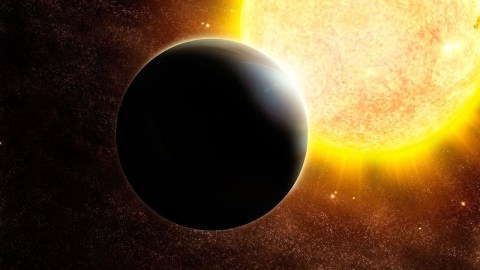
Which makes you wonder what other “candidate worlds” aren’t worlds after all.
“These types of systems could be ubiquitous in the universe. This is a really exciting time for planet hunters.” –Phil Muirhead
When you look up at the twinkling stars in the sky, you might expect that they’re not so different from our own Sun. In some ways they are: they burn through the nuclear fuel in their core and give off tremendous amounts of light and heat, which make their way across many light years to our eyes. But another expectation of ours — that they’d have planets and a Solar System not so different from our own — takes a lot more work to verify.
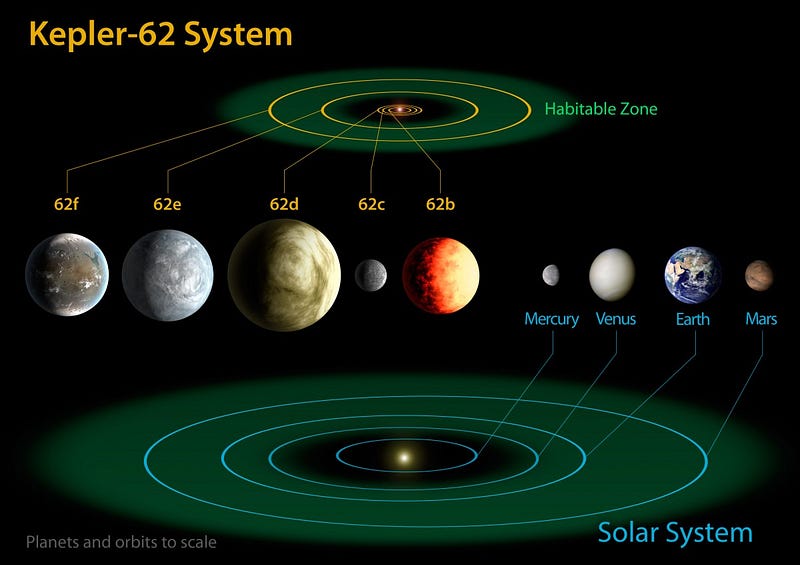
Stars are the easy prey for astronomers: they’re bright, their light can be broken up into its individual wavelengths, and we can determine their speed, mass, size and even their age relatively easily. But planets are another story entirely. Except for the closest, largest and most widely-separated worlds from their stars, our current technology is completely insufficient for imaging planets directly. Instead, we’re forced to rely on indirect techniques, which is how the Kepler spacecraft works.
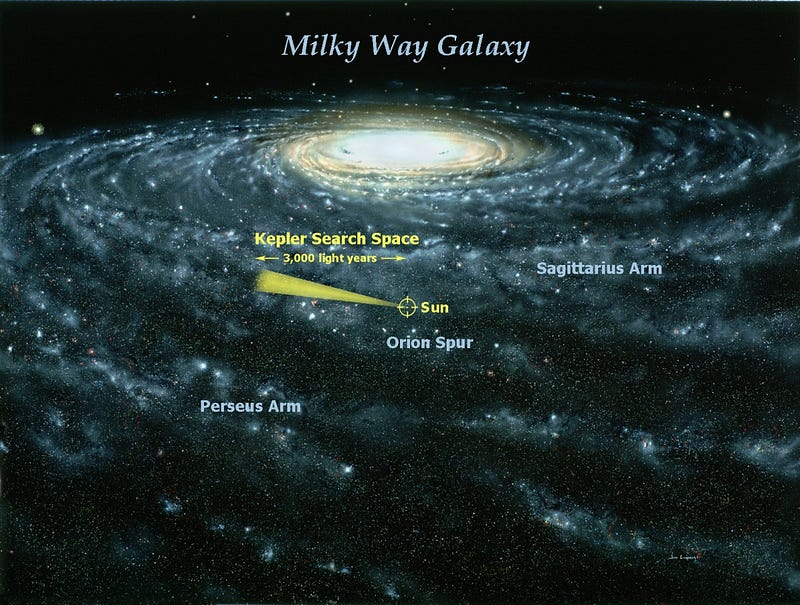
Our most prolific planet-finding satellite, Kepler surveyed over 150,000 stars within a few thousand light years of Earth, looking for the phenomenon of a planetary transit. When a planet passes in front of a star, a fraction of that star’s light gets blocked by the passing disc of the planet. Even if the planet is warm enough to emit its own light, the fact that it’s at a lower temperature than the star itself means that the star’s brightness — as we see it — appears to take a temporary dip. This dip only lasts a short amount of time, depending on how fast the planet is moving, restoring the star back to its original apparent brightness quite rapidly.
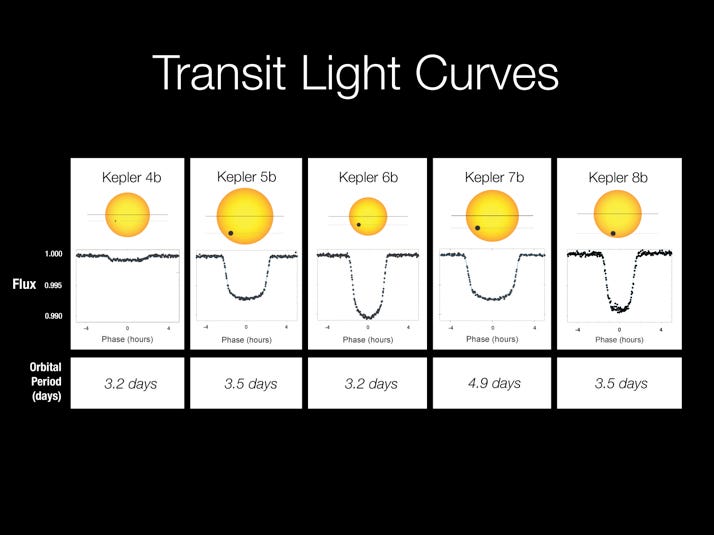
But simply seeing that transiting phenomenon doesn’t mean we have a planet! There are many things besides an orbiting world aligned with our line-of-sight that could cause that same phenomenon, including:
- A transiting object moving through our galaxy, like a rogue planet, a nearby (solar system) object, or even another, cooler star in interstellar space.
- An eclipsing binary, or a second star in the inner solar system that appears to dim when one star passes in front of the other.
- Or a brown dwarf: a failed star that fuses deuterium. That type of star would be dimmer than the main star, but could still transit in front of it, causing the same drop in brightness we’d see with a planet.
In order to eliminate that first possibility, Kepler needs to see multiple transits of the same magnitude and a constant periodicity. But the other two need an independent method.
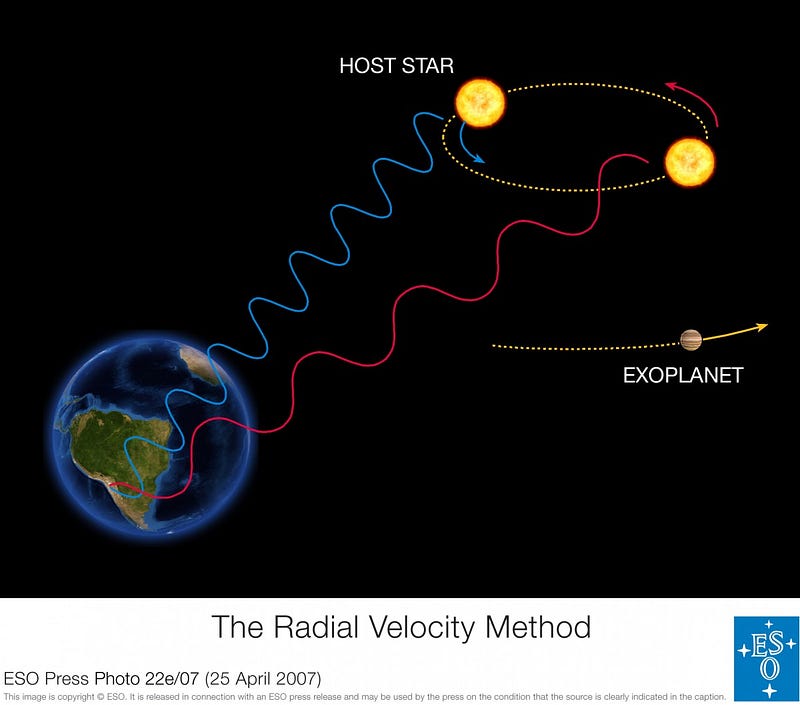
In particular, the easiest way to go about it is to measure the mass of the world, which you can do with a different method known as the stellar wobble method. Planets don’t simply orbit their parent stars; planets also exert an equal-and-opposite gravitational force on those stars and cause the stars to make small circles in their orbits. When the star moves towards us, the light from it gets slightly shifted towards the blue; when the star moves away, the light gets slightly shifted towards the red. By looking for this red-blue-red-blue pattern, we can measure the mass of the planet, and determine whether it’s a star, a brown dwarf, or a giant planet.
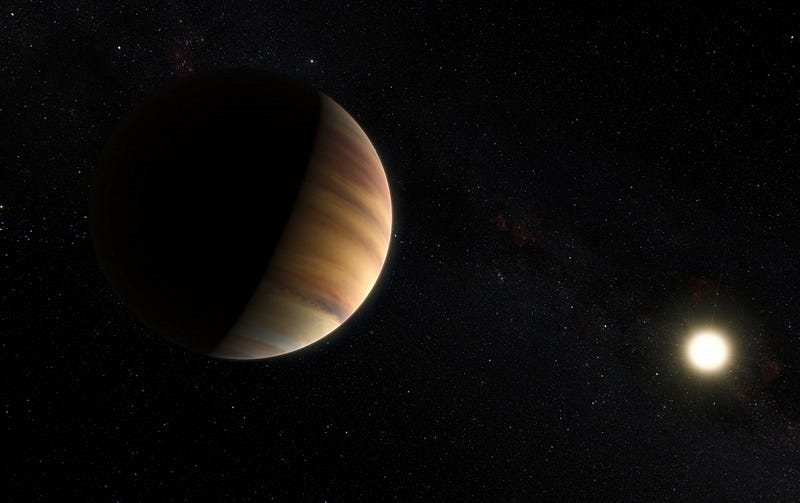
Yesterday, results were released from an international team led by Alexandre Santerne from Instituto de Astrofísica e Ciências do Espaço, where they measured 129 objects-of-interest identified by Kepler for a period of five years. They did spectroscopic analysis, which means they studied the individual wavelengths of light coming from the star, and expected a false positive rate of about 10-to-20%, which is what most scientists estimated.
But they found, instead, that over half (52%) of the planetary candidates were, in fact, eclipsing binaries, with another three candidates turning out to be brown dwarfs.
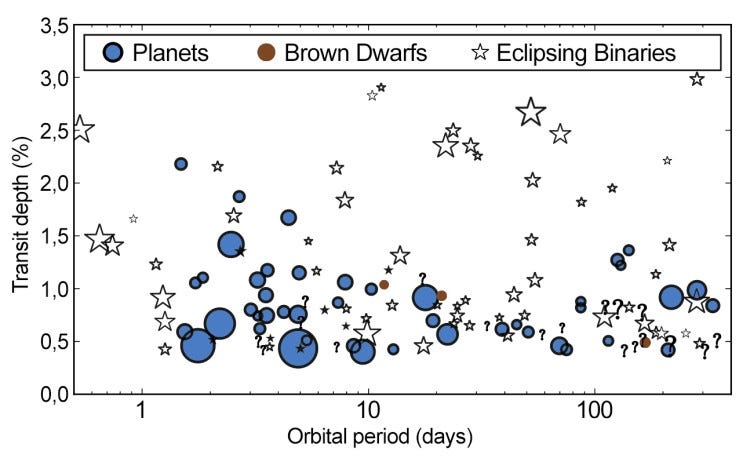
This is really troubling! When we look at our own Solar System, even the innermost planet — tiny Mercury — takes 88 days to orbit the Sun. But so many of these giant worlds (or brown dwarfs, or even stars) are less than a tenth the distance to the main star as Mercury is from ours! As Santerne says:
After 20 years of exploring planets as big as Jupiter around other suns, we still have a lot of questions left open. For instance, we don’t understand what is the physical mechanism that forms Jupiter-like planets with orbital periods as little as a few days. It is like if our annual rotation around the Sun would last only a few days — imagine your age!
But perhaps the biggest surprise is that the majority of these thought-to-be planets aren’t planets at all, but are massive stars (or almost stars) in their own right. Perhaps, with only one main star in our Solar System, we’re the ones who are the oddities, after all.
Leave your comments on our forum, help Starts With A Bang! deliver more rewards on Patreon, and pre-order our first book, Beyond The Galaxy, today!





